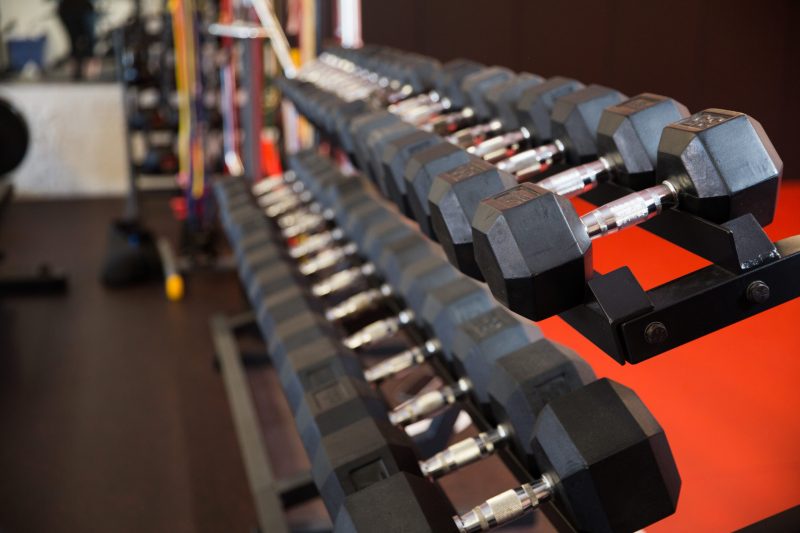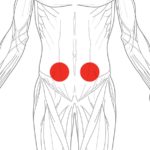3 Tips for a Better BJJ Strength and Conditioning Program
Heather Raftery
A BJJ strength and conditioning program can really benefit you — but only if you are building functional strength and maintaining proper dynamics — here’s how you can make your off-mat training more impactful on the mat.

Why BJJ Strength and Conditioning Alone Isn't Enough
The “do jiu jitsu to get better at jiu jitsu” mantra that so many practitioners live and die by can only take you so far in your jiu jitsu journey. This is especially the case if – like me – you’re on the small side.
While there’s no substitute for mat time in improving your jiu jitsu technique, a solid BJJ strength and conditioning program will give you the strength and cardio boost you need to stay on the mat, even when you might be the smallest one there.
However, not all strength and conditioning programs are not created equal, and there’s a lot you can be doing to both make your cross training efforts more impactful on the mat, and prevent injury.
In fact, if your goal is to increase your longevity on the mat and keep your body strong and able enough to withstand even the most rigorous competition training, you should treat a prehab program as complimentary to your S&C program.
Here are three reasons why you should be supplementing your BJJ strength and conditioning program with prehab program.
1. Prehab and S&C programming have different goals
While your S&C might include some movements that look like many prehab exercises, there’s a difference. They are either limited to the warm-up, or they’re taken to a different level, by adding a heavy dumbbell, kettlebell or other object of cruel and unusual punishment.
By definition, strength and conditioning programs focus primarily on increasing strength, cardio and explosiveness. They do so by putting together different repetitive movements that are designed to take you to, or near, your limits.
Prehab is defined as a training program that is specifically targeted at strengthening the muscles and joints – as well as increasing flexibility, range of motion and motor control. They are much more foundational exercises.
Prehab’s goal is to prevent injury by preparing the body to move the way it’s supposed to. Your prehab workout won’t make you the strongest or fastest person in the room, but it will enable you to move in a sound and safe manner. Then you can, if you wanted to, work toward that goal.
2. Prehab can ensure proper form during your S&C programming
If you go into your S&C training already broken and beat up, you won’t get much out of it. This is the case for many jiu jitsu practitioners. Not only is it going to limit your ability to move efficiently through the movements and to increase your weight load, you’re also putting yourself at increased risk of injury.
Even if you’re a freak of nature and you don’t get injured while deadlifting a massive amount of weight with horrendous posture, this can affect you down the road. If you continue to do so uncorrected, you’re going to hit a breaking point. If you continue to workout with poor form in general, you’re going to reinforce those negative movement patterns. Eventually it could – or will – have devastating consequences down the road.
Unless, of course, you’ve been doing your BJJ Prehab. Your daily prehab workout is going to reinforce positive movement patterns, increase your flexibility, range of motion and motor control. This then increases your potential to maintain proper form, whether it be lifting, running, rowing, etc. I say “potential” because ultimately it’s up to you and your trainer to ensure that you are moving properly. You may be able to throw some weight over your head, but that doesn’t mean you’re throwing it correctly.
3. Excessive S&C might actually increase your chances of injury
Hopefully, you have a trainer who is a stickler for proper body positioning and mechanics. But that’s not always the case. And when you’re on your last round or rep, or you’re working on your PR, your form is often far from perfect, and you may be compromising your body in a number of ways. Cross-fit, in particular, has gained a nasty reputation for injuring its participants. Usually this happens to novices with too much ego, too little experience with the movements, and/or coaches who aren’t qualified enough.
So, not only is a daily prehab workout going to benefit you on the mat, it’s going to benefit you under the bar, too. Doing your prescribed shoulder movements is going to help keep you from tearing a rotator cuff when you’re kipping into your pull-ups. Doing your core strengthening exercises are going to help reinforce bracing when doing a heavy front squat. It’s going to help you keep from straining your back muscles. Just the body awareness alone that comes from your BJJ Prehab routine is going to directly translate into your S&C workout. You’re going to be more cognizant of the way your body is supposed to be moving.
Conclusion
In sum, your BJJ Prehab workout is no substitute for a solid S&C program. Conversely, your S&C programming won’t provide adequate enough prehab to keep you from injuring yourself during jiu-jitsu. Both should be considered supplemental to your jiu jitsu training. In fact, prehab should be considered indispensable to your longevity in both jiu-jitsu and strength training.
Heather Raftery is an Atos black belt, freelance writer and social scientist (BA in Journalism and Anthropology, MA in International Studies). She has written for FloGrappling, Jiu Jitsu Magazine, Fighters Market and BJJ Prehab.









